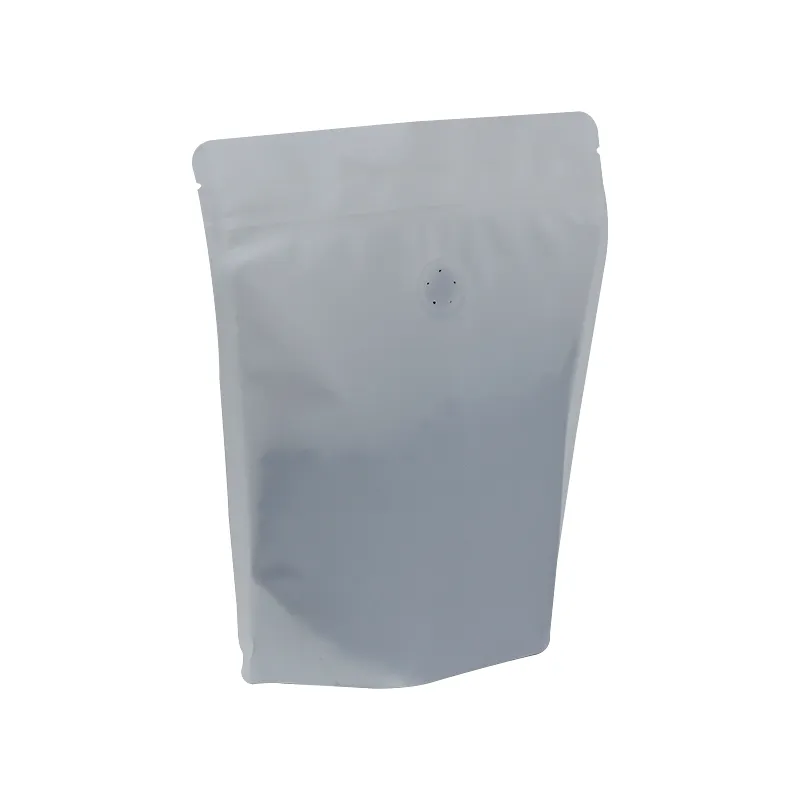- Afrikaans
- Albanian
- Amharic
- Arabic
- Armenian
- Azerbaijani
- Basque
- Belarusian
- Bengali
- Bosnian
- Bulgarian
- Catalan
- Cebuano
- chinese_simplified
- chinese_traditional
- Corsican
- Croatian
- Czech
- Danish
- Dutch
- English
- Esperanto
- Estonian
- Finnish
- French
- Frisian
- Galician
- Georgian
- German
- Greek
- Gujarati
- haitian_creole
- hausa
- hawaiian
- Hebrew
- Hindi
- Miao
- Hungarian
- Icelandic
- igbo
- Indonesian
- irish
- Italian
- Japanese
- Javanese
- Kannada
- kazakh
- Khmer
- Rwandese
- Korean
- Kurdish
- Kyrgyz
- Lao
- Latin
- Latvian
- Lithuanian
- Luxembourgish
- Macedonian
- Malgashi
- Malay
- Malayalam
- Maltese
- Maori
- Marathi
- Mongolian
- Myanmar
- Nepali
- Norwegian
- Norwegian
- Occitan
- Pashto
- Persian
- Polish
- Portuguese
- Punjabi
- Romanian
- Russian
- Samoan
- scottish-gaelic
- Serbian
- Sesotho
- Shona
- Sindhi
- Sinhala
- Slovak
- Slovenian
- Somali
- Spanish
- Sundanese
- Swahili
- Swedish
- Tagalog
- Tajik
- Tamil
- Tatar
- Telugu
- Thai
- Turkish
- Turkmen
- Ukrainian
- Urdu
- Uighur
- Uzbek
- Vietnamese
- Welsh
- Bantu
- Yiddish
- Yoruba
- Zulu
Exploring Various Types of Product Packaging for Different Industries and Purposes
Types of Product Packaging An Overview
Product packaging is not merely a means of protecting goods during transportation; it plays a crucial role in marketing, branding, and ensuring customer satisfaction. Packaging serves several functions it protects the product, provides important information, promotes the brand, and ultimately influences purchasing decisions. In this article, we explore various types of product packaging, their advantages, and their applications.
1. Primary Packaging
Primary packaging is the first layer of packaging that comes into direct contact with the product. This type of packaging is essential for products such as food, beverages, cosmetics, and pharmaceuticals. The main aim is to protect the product from contamination and physical damage. Common examples of primary packaging include bottles, jars, cans, and blister packs.
Advantages - Ensures product safety and hygiene. - Provides vital information such as ingredients, expiration date, and usage instructions. - Enhances brand visibility through distinctive designs and labels.
2. Secondary Packaging
Secondary packaging is used to group primary packages together for easier handling, storage, and transport. This layer does not come into direct contact with the product but serves as an additional protective barrier. Examples include cardboard boxes, cartons, and shrink wrap.
Advantages - Facilitates bulk handling and transportation. - Offers additional protection during shipping. - Often designed for branding opportunities, featuring logos and promotional messages.
3. Tertiary Packaging
Tertiary packaging is primarily used for bulk handling and transportation of products. This type of packaging is designed to protect products during shipment and storage, ensuring that goods reach retailers and customers in intact condition. Examples include pallets, crates, and shipping containers.
Advantages - Streamlines logistics and warehousing processes. - Reduces the risk of damage during transport. - Can be reused or recycled, contributing to sustainability efforts.
4. Eco-Friendly Packaging
In recent years, there has been a significant push towards sustainable and eco-friendly packaging solutions. This type of packaging is designed to minimize environmental impact, often using biodegradable or recyclable materials. Examples include packaging made from recycled paper, plant-based plastics, and compostable materials.
types of product packaging

Advantages - Reduces waste and pollution, contributing to environmental conservation. - Appeals to environmentally conscious consumers. - Can improve a brand's reputation and customer loyalty through sustainable practices.
5. Flexible Packaging
Flexible packaging is made from a variety of materials, including plastic films, paper, and aluminum foils, which are malleable and can be easily shaped or sized to fit the product. Examples include pouches, bags, and wraps.
Advantages - Lightweight and cost-effective, reducing shipping costs. - Provides a barrier against moisture, light, and oxygen, extending shelf life. - Offers convenience and portability for consumers.
6. Luxury Packaging
Luxury packaging aims to create an upscale perception of a product, often associated with high-end brands. This type of packaging typically uses high-quality materials, intricate designs, and unique shapes to create a memorable unboxing experience. Examples include embossed boxes, custom-made containers, and elegant sleeves.
Advantages - Enhances perceived value and desirability of the product. - Creates a memorable experience for consumers, encouraging repeat purchases. - Differentiates brands in competitive markets.
7. Tamper-Resistant Packaging
Tamper-resistant packaging is critical for products in the food, beverage, and pharmaceutical industries, ensuring that products remain safe and unaltered until they reach the consumer. This type of packaging includes seals, shrink bands, and tamper-evident labels.
Advantages - Provides reassurance to consumers about product safety. - Reduces the risk of foodborne illnesses and contamination. - Helps companies comply with regulatory requirements.
Conclusion
The type of packaging chosen for a product can significantly affect its marketability and consumer safety. Companies must carefully consider their packaging options, balancing protection, cost, and branding. As consumer trends shift towards sustainability and convenience, the packaging industry will continue to evolve, offering innovative solutions that meet both business needs and environmental responsibilities. Whether it’s through eco-friendly materials or smart designs, effective packaging strategies are crucial for success in today’s competitive marketplace.













